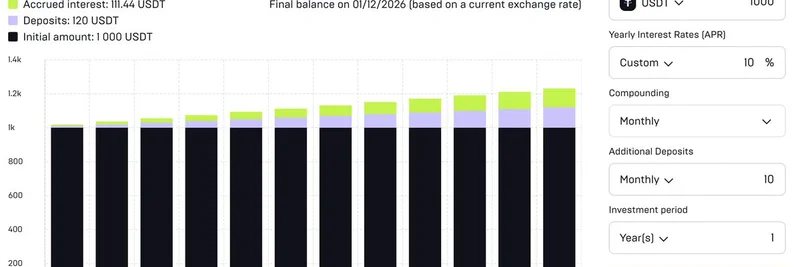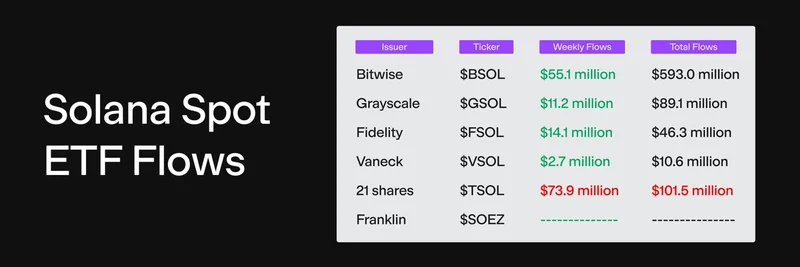Leo Lanza, a prominent figure in the crypto space, recently shared a detailed video analysis on X about Ethereum's evolving role as a global economic infrastructure. His insights, combined with Fidelity's comprehensive report, paint a picture of Ethereum not just as a cryptocurrency, but as a foundational element of a new digital economy. Here's a breakdown of the key points from his thread.
Ethereum's Ecosystem Growth
Lanza emphasizes the explosive growth within Ethereum's ecosystem, particularly highlighting the role of Layer 2 solutions. These solutions, such as Arbitrum and Optimism, are now handling over 400 transactions per second (TPS), significantly enhancing Ethereum's scalability without compromising on security or decentralization. This is crucial for Ethereum's ambition to become a global financial hub.
Fidelity's Perspective on Ethereum
Fidelity's report, as discussed by Lanza, positions Ethereum as a sovereign digital system. It argues that Ethereum is not merely a tech stock but a critical piece of economic infrastructure. The report details how Ethereum's native token, ETH, is essential for on-chain transactions, serving as both a payment method and a store of value. This perspective shifts the narrative from speculative asset to a necessary component of a burgeoning digital economy.
The Role of Layer 2s
One of the most significant insights from Lanza's analysis is the importance of Layer 2 solutions. These layers compress transactions, making them more efficient and cost-effective. For instance, the video mentions that Layer 2 fees are nearly negligible, often just a fraction of a penny, which democratizes access to Ethereum's network. This efficiency is vital for widespread adoption, especially as traditional finance begins to integrate with blockchain technology.
Economic Activity and Value
Lanza points out that economic activity on Ethereum is shifting on-chain, with stablecoin supply and application revenue seeing substantial increases. The dashboard from growthepie, which Lanza references, shows metrics like application revenue at $26 million and stablecoin supply growth, underscoring the real-world value being secured on the network.
Trustless Collateral and Future Prospects
A particularly compelling point from Fidelity's report, as echoed by Lanza, is that ETH will act as trustless collateral for over $100 trillion in assets. This includes real estate, stocks, bonds, and even intellectual property rights. The idea is that as the world rebuilds its financial systems on Ethereum, the demand for ETH will skyrocket, while its supply remains relatively fixed due to mechanisms like EIP-1559, which burns ETH to control inflation.
Monetary Policy in Code
Lanza also delves into Ethereum's monetary policy, which is programmatically encoded. Unlike traditional economies where central banks make discretionary decisions, Ethereum's policy is transparent and immutable, decided by the community. This includes a maximum issuance rate and security measures through staking, ensuring the network's integrity and stability.
Conclusion
Leo Lanza's thread, enriched by Fidelity's report, offers a visionary outlook on Ethereum's future. As Layer 2 solutions mature and traditional finance embraces blockchain, Ethereum is poised to become the backbone of a global digital economy. The combination of scalability, security, and economic utility makes Ethereum a formidable player in the financial landscape.
For those interested in diving deeper, Lanza's video and Fidelity's report provide a wealth of information. Whether you're a blockchain practitioner or a curious observer, understanding Ethereum's trajectory is crucial for navigating the future of finance.
Stay tuned to Meme Insider for more insights into the evolving world of blockchain and meme tokens.



